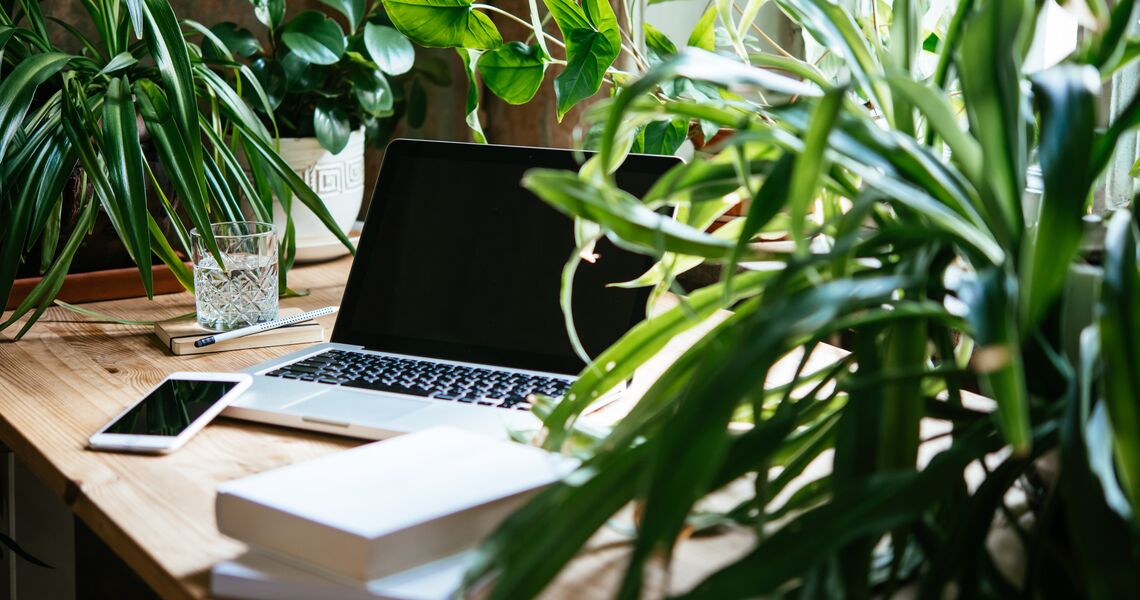
Why do most of us humans prefer environments where there are trees, rather than urban scenarios without greenery?
Why do we leave the city behind to venture into Nature during weekends or on holidays, why do we drive long distances to admire woods with autumn foliage, why do we go to city parks in our free time or during our lunch break, why do we care so much for our little garden behind the house, why do we put lots of plants and flowers on our balcony?
Is there a "need for Nature" that explains all these preferences and behaviours?
Our innate love of Nature and for all that is alive has a name: it is called BIOPHILIA.
Harvard University biologist Edward Osborne Wilson in 2002 called it the "innate tendency to focus our attention on life forms and all that reminds us of them and, in some circumstances, to become emotionally affiliated with them." Biophilia is linked to Nature, understood as "the total system of living beings, animals and plants, which present an order, create types and are formed according to laws" (Treccani); it therefore includes animals, plants, fungi, air, water, soil and its invisible inhabitants.
We at Verde Profilo were particularly interested in understanding and investigating a specific aspect of Biophilia: we wanted to understand why many of us appreciate plants and flowers so much.
We thus discovered the concept of PHYTOPHILIA.
This term was studied by the Austrian ethologist Irenäus Eibl-Eibesfeldt, a disciple of the more famous Konrad Lorenz and one of the founders of human ethology (= branch of modern science, in particular anthropology, which studies the biological and cultural basis of human behaviour). He defined it as a SUBCATEGORY of BIOPHILIA, because Phytophilia focuses on plants, which are only one of the aspects of living Nature.
"PHYTO", from the Greek phytòn (ϕυτόν), means plant; "PHILIA", from the Greek philìa (ϕιλία), means love or passion, so it is our LOVE FOR PLANTS.
To understand our deep connection with the plant world, we need to go back in time and to the origins of our species. Plants were a key factor for our ancestors who evolved in the African savannah, both as food resources and as protection from the sun and possible predators. In addition to their central role as a resource, plants were also indicators of other factors essential for the survival of our ancestors: where plants thrived, there was enough water. In addition, there was an increased likelihood of encountering huntable animals in open water holes. Therefore, the presence of plants indicated the availability of the most important resources that the 'homo' species needed to survive: vegetable and animal food, water, as well as protection from predators and heat. The perception and awareness of the advantages linked to the presence of plants has developed in the form of PHYTOPHILIA, which is expressed in a positive emotional reaction to plant stimuli.
The evolutionary theory can also explain our aesthetic appreciation for flowers which is linked to a biological motivation: the flowers signaled to our ancestors the presence of resources for the future, because over time the flowers often produce edible fruits and nuts.
The ‘aesthetic theory' of environmental psychologists Kaplan and Kaplan (1989) can also help us understand why we like plants; we perceive something as beautiful if it has a certain degree of complexity. Too much complexity leads to sensory overload and uncertainty, too little to boredom. The complexity of natural environments - in our houses it is represented by indoor plants - is optimal: the plants are irregular, simple, change over time and are very different from each other.
Another theory that refers to our preference for plants is called ‘the attention regeneration theory' (Kaplan, 1995). The direct attention we use to carry out tasks that require a lot of concentration costs us effort. The spontaneous and involuntary attention, on the other hand, which is triggered automatically in front of a natural landscape, regenerates us. Indoor plants in the workplace or in our homes are suitable for this purpose.
Plants were so important in our evolutionary history that even today we can observe multiple positive effects on human being bound to their presence. The natural or vegetal environments affect not only the physiology and the psyche, but also the general state of health, as demonstrated by numerous scientific studies and experiments on the positive effects of plants.
Our conclusion is inevitable: plants improve our lives and make us happier!
- - -
Bettina Bolten, Biophilic design consultant




















